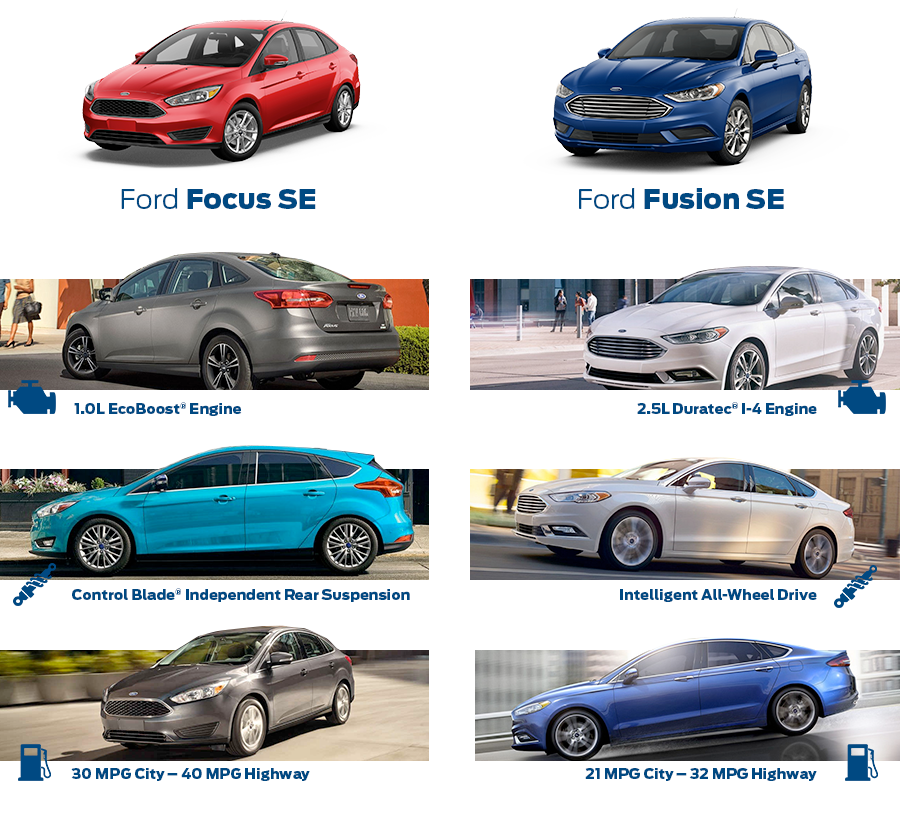Ford Focus Models By Year: You Won’t BELIEVE What Happened in 2008! (Seriously, Click Now)
Meta Title: Ford Focus: A Year-By-Year Guide & 2008’s Shock
Meta Description: Uncover the Ford Focus story! This guide explores Ford Focus models by year, with a special focus on the pivotal 2008 model year. Learn about features, issues, and more.
Introduction
The Ford Focus. It’s a name synonymous with affordable, reliable transportation for over two decades. A compact car that’s graced driveways across the globe, the Focus has evolved through various generations, each bringing its own set of features, design choices, and, yes, even its own share of quirks. But what’s the real story behind this popular car? This article delves into the Ford Focus models by year, offering a comprehensive look at its evolution, with a particular spotlight on a year that significantly impacted its reputation: 2008. Get ready to uncover the highs, the lows, and the surprising twists in the Ford Focus saga.
Ford Focus: The Early Years (1998-2004)
The Ford Focus made its global debut in 1998 (though it arrived in North America in 2000). Replacing the aging Ford Escort, the Focus brought a fresh design and a more modern driving experience. The first-generation Focus, known for its “New Edge” styling, was a departure from the more conservative designs of its predecessors.
Key Features:
- Independent rear suspension (a rarity in its class at the time)
- Spacious interior for its size
- Available in various body styles, including a hatchback, sedan, and wagon.
Common Issues: Early models sometimes experienced issues with the automatic transmissions and some electrical gremlins. However, the overall reliability was generally considered good for the price point.
This first generation set the stage, establishing the Focus as a contender in the compact car market. It was a global success, proving Ford could create a car that resonated with drivers of different markets.
The Second Generation Ford Focus: Refinement and Evolution (2005-2011)
The second generation, launched in 2004 for the 2005 model year, brought a more refined design and updated technology. While retaining the core strengths of its predecessor, Ford focused on improving interior quality and refining the driving experience.
2005-2007: A Steady Hand
These early years of the second generation saw incremental improvements, solidifying the Focus’s position as a reliable and affordable car. The styling was updated, and engine options were refined. The focus was on providing a practical and comfortable driving experience.
2008: The Year of the PowerShift Transmission (and the Controversy!)
And now, the year you’ve been waiting for: 2008. This model year is arguably the most crucial, and controversial, in Ford Focus history. It’s the year the PowerShift dual-clutch automatic transmission was introduced.
The Promise: PowerShift was designed to offer the fuel efficiency of a manual transmission with the convenience of an automatic.
The Reality: Unfortunately, the PowerShift transmission was plagued with problems. Owners reported issues like:
- Hesitation and jerking during acceleration
- Premature clutch wear
- Complete transmission failure
This led to numerous complaints, recalls, and even class-action lawsuits. You can find more information on the PowerShift transmission issues here. The 2008 model year, and the PowerShift transmission, significantly impacted the Focus’s reputation for reliability. It’s crucial for potential buyers of used 2008-2011 Focus models to thoroughly research the vehicle’s history and consider a pre-purchase inspection.
2009-2011: Addressing the Issues
Following the 2008 PowerShift debacle, Ford attempted to address the transmission issues through software updates and warranty extensions. However, the problems continued for many owners. These later model years saw some improvements, but the shadow of the PowerShift lingered.
The Third Generation Ford Focus: A Global Approach (2011-2018)
The third generation, launched in 2010 for the 2012 model year, marked a significant shift. This generation was designed as a truly global car, sold in many markets with a unified design and engineering approach.
Key Features:
- More modern and aerodynamic design
- Improved interior quality
- Advanced technology features, including Ford’s SYNC infotainment system.
Transmission Options: While the PowerShift transmission continued to be offered, Ford also provided traditional automatic and manual transmission options. This gave buyers more choices and, crucially, offered alternatives to the problematic dual-clutch transmission.
The third-generation Focus was generally well-received, praised for its driving dynamics, fuel efficiency, and technological advancements.
The Fourth Generation Ford Focus (2018-2024) and Beyond
The fourth generation (2018-2024) represents the current iteration of the Ford Focus. This version, though not available in North America, continues to be sold in other markets and boasts even more advanced technology and a refined driving experience. Production ended in 2024.
Conclusion
The Ford Focus has had a fascinating journey, from its humble beginnings to its global success. While the story of the 2008 model year serves as a cautionary tale, it also highlights the importance of understanding a car’s history before making a purchase. By carefully researching the specific model year and considering factors like transmission type, potential buyers can make informed decisions and enjoy the benefits of owning a reliable and affordable compact car. The Ford Focus legacy is a testament to the enduring popularity of the compact car, and its evolution continues to shape the automotive landscape. Interested in other cars? Check out this comparison of popular sedans.




